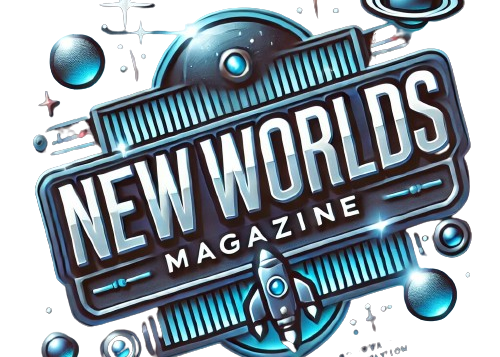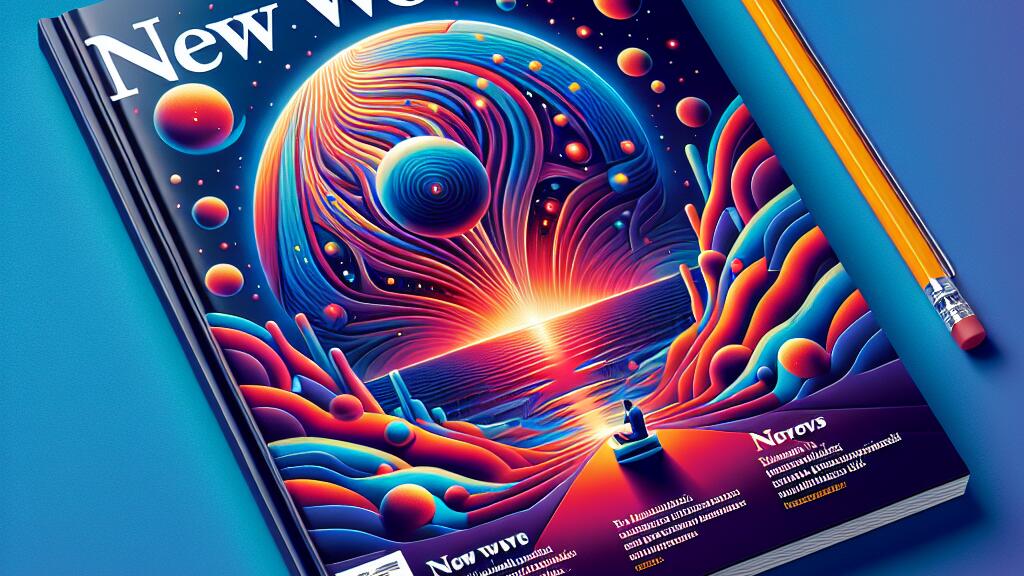Consulting Biographies and Autobiographies
When it comes to uncovering historical figures, one valuable resource to turn to is biographies and autobiographies. These written accounts offer insights into the lives and experiences of prominent individuals, shedding light on their achievements, challenges, and contributions to history. By delving into these personal narratives, readers can gain a deeper understanding of the context in which these historical figures lived and the impact they had on society.
Biographies provide a detailed and often well-researched examination of a person’s life, capturing both the public persona and private moments of these individuals. Autobiographies, on the other hand, offer a firsthand perspective as the historical figure recounts their own story in their own words. Both types of accounts offer a glimpse into the personality, motivations, and struggles of these notable figures, allowing readers to connect with the past in a more personal and meaningful way.
Learning from Detailed Life Narratives
To delve into the lives of historical figures, detailed life narratives offer an invaluable resource. Biographies and autobiographies provide a unique window into the personal experiences, challenges, and triumphs of notable individuals throughout history. By immersing oneself in these accounts, readers gain insight into the motivations, decisions, and complexities that shaped these figures and their impact on society.
Through the lens of detailed life narratives, readers can explore the human side of historical figures, beyond the facts and dates traditionally found in historical texts. These narratives illuminate the emotions, relationships, and influences that influenced the actions of these individuals. By studying these intricate details of their lives, we can appreciate the multidimensional nature of historical figures and gain a deeper understanding of the context in which they lived and made history.
Visiting Museums and Archives
When uncovering historical figures, visiting museums and archives can provide valuable insights and information. Museums often house artifacts, documents, and exhibits that shed light on the lives and contributions of prominent individuals from the past. By exploring these collections, researchers and history enthusiasts can immerse themselves in the context of the era and uncover hidden details about historical figures.
Archives, on the other hand, offer a treasure trove of primary sources such as letters, diaries, official documents, and photographs that offer a glimpse into the personal and professional lives of historical figures. Delving into these records can reveal intimate details, motivations, and challenges faced by these individuals, providing a more nuanced understanding of their impact on history. By engaging with the material culture and written accounts preserved in museums and archives, one can piece together a comprehensive picture of historical figures and their legacies.
Experiencing History through Physical Collections
When it comes to delving into the past and uncovering the lives of historical figures, there is no substitute for experiencing history through physical collections. Museums house a treasure trove of artifacts, documents, and memorabilia that offer a tangible connection to the individuals who shaped our world. By immersing yourself in these physical collections, you have the opportunity to see, touch, and feel the items that once belonged to historical figures, gaining a deeper understanding of their lives and legacies.
Archives also play a crucial role in providing access to primary source materials that allow us to piece together the narratives of historical figures. From letters and diaries to official documents and photographs, these physical collections offer a firsthand glimpse into the thoughts, emotions, and actions of the individuals who have left their mark on history. By exploring these archives, researchers can unravel the complexities of historical figures’ lives and gain new insights into the contexts in which they lived.
Attending Historical Lectures and Seminars
Immersing oneself in historical lectures and seminars can provide invaluable insights into the lives and experiences of historical figures. These events offer a platform for experts to share their knowledge and interpretations of past events, shedding light on the motivations and actions of prominent individuals. By attending these lectures, attendees can deepen their understanding of historical contexts and appreciate the complexities that shaped the lives of these figures.
Listening to historians and scholars speak about historical figures can spark curiosity and encourage further exploration of the subject matter. The interactive nature of lectures and seminars allows for engagement with different perspectives and encourages critical thinking about the impact of historical figures on society. Moreover, attending these events can offer a sense of connection to the past and inspire individuals to delve deeper into their own research and reflections on the lives of historical figures.
Engaging with Expert Insights and Interpretations
Engaging with expert insights and interpretations is a valuable way to gain a deeper understanding of historical figures. Historians and scholars provide detailed analysis and perspectives that can shed light on different aspects of a person’s life, motivations, and impact on society. By exploring these expert insights, you can uncover layers of information that may not be readily apparent from basic historical records or accounts.
Interacting with historians through lectures, seminars, or online forums allows you to ask questions and engage in discussions about historical figures. These interactions can provide new angles and interpretations that enhance your knowledge and appreciation of the individual in question. Experts often bring unique expertise and research perspectives to the table, offering fresh insights that can challenge your assumptions and broaden your historical understanding.
Participating in Historical Reenactments
Participating in historical reenactments is a unique way to immerse oneself in the past and gain a deeper understanding of historical figures and events. By actively taking part in these reenactments, individuals can experience firsthand the clothing, customs, and challenges faced by people in different time periods. This hands-on approach allows participants to appreciate the intricacies of history in a more engaging and personal manner.
Moreover, being part of historical reenactments provides a valuable opportunity to interact with fellow history enthusiasts and experts. Engaging in dialogue and activities within the reenactment community can lead to insightful discussions and the sharing of knowledge about historical figures. Through this collaborative experience, participants can develop a richer perspective on the lives and motivations of historical figures, enhancing their overall appreciation for the past.
Immersing Yourself in Past Scenarios
When delving into the lives and experiences of historical figures, immersing yourself in past scenarios can offer a unique perspective on their lives and the eras in which they lived. Participating in historical reenactments allows you to step into the shoes of these figures, gaining a hands-on understanding of the challenges and triumphs they faced. By physically embodying the roles of historical individuals, you can gain insight into their decisions, motivations, and the societal context in which they existed.
Whether it’s dressing in period-appropriate attire, using replica artifacts, or engaging in historically accurate activities, immersing yourself in past scenarios can bring history to life in a tangible way. Through these immersive experiences, you can develop a deeper appreciation for the complexities of historical figures and the impact they had on their communities and the world at large. By actively participating in historical reenactments, you can cultivate a more intimate connection with the past and gain a richer understanding of the individuals you seek to uncover.
FAQS
How can consulting biographies and autobiographies help in uncovering historical figures?
Consulting biographies and autobiographies can provide valuable insights into the lives and experiences of historical figures, offering a detailed perspective on their actions, motivations, and impact on society.
Why is visiting museums and archives important for uncovering historical figures?
Visiting museums and archives allows individuals to view artifacts, documents, and other historical materials related to the figures of interest, helping to paint a more comprehensive picture of their lives and contributions.
How can attending historical lectures and seminars aid in the understanding of historical figures?
Attending historical lectures and seminars provides an opportunity to learn from experts in the field, gaining new perspectives and interpretations on the lives and significance of historical figures.
What is the benefit of participating in historical reenactments when studying historical figures?
Participating in historical reenactments allows individuals to immerse themselves in past scenarios, gaining a firsthand experience of the context in which historical figures lived and made their mark on history.
How can experiencing history through physical collections help in uncovering historical figures?
Experiencing history through physical collections offers a tangible connection to the past, allowing individuals to engage with artifacts and objects that were integral to the lives of historical figures, enhancing their understanding of the time period.







